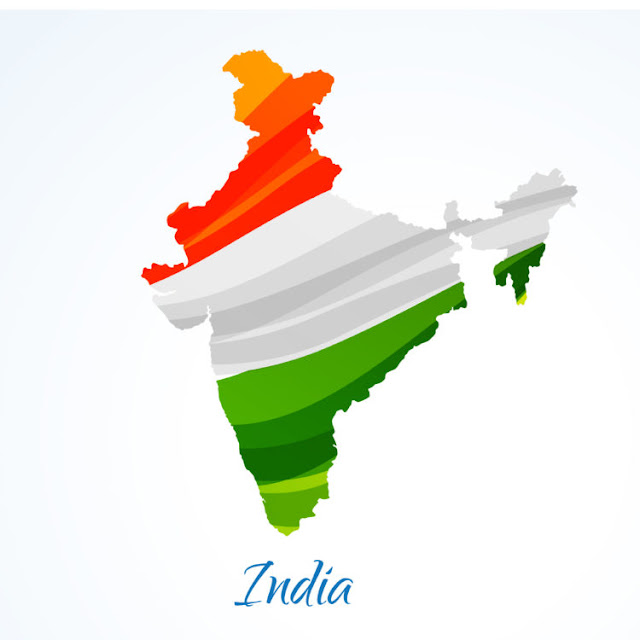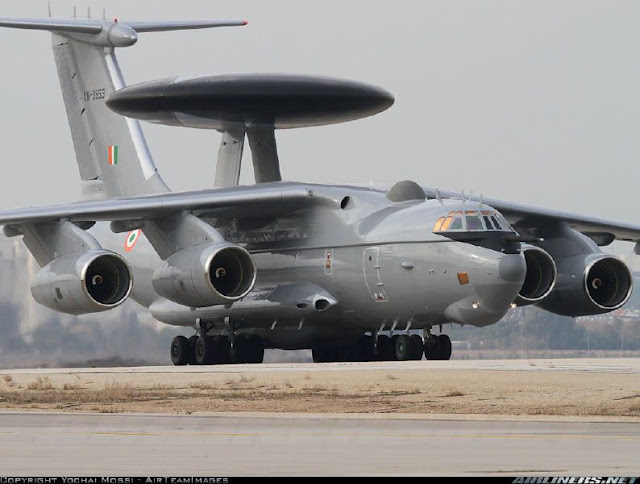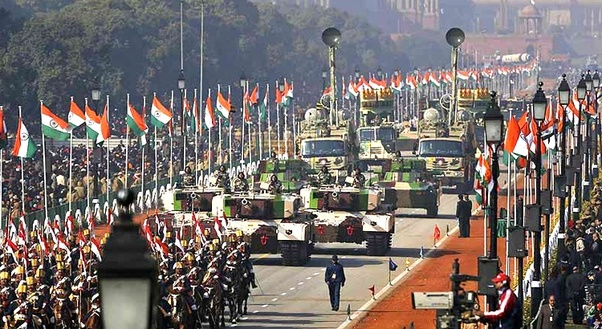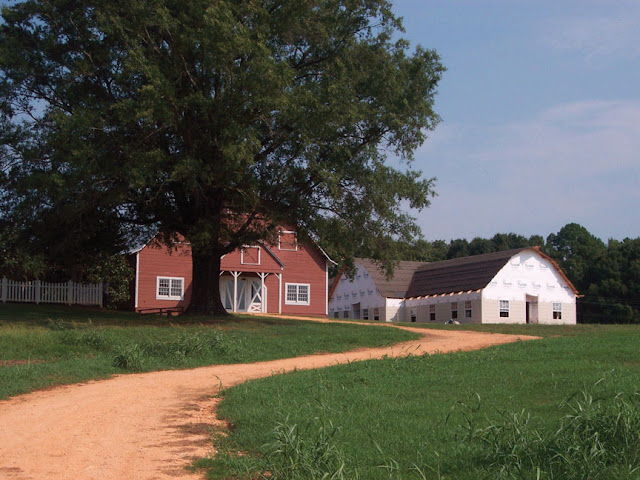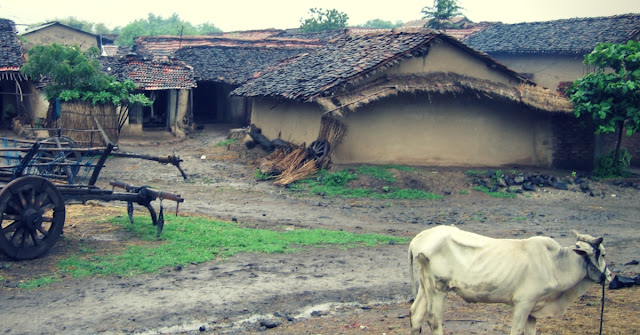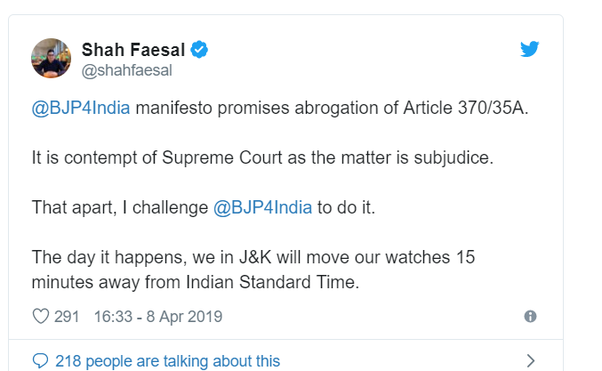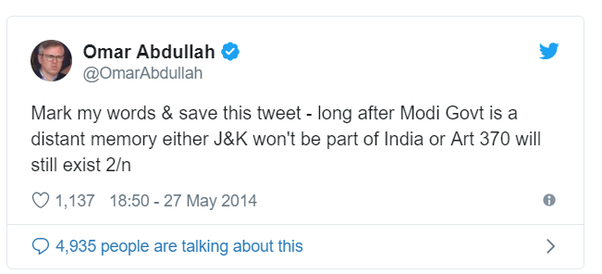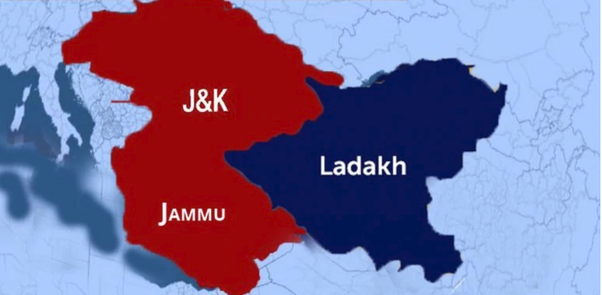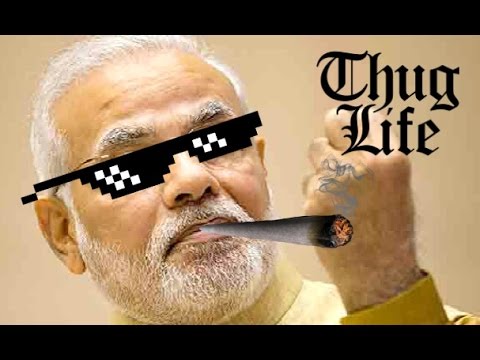पीओके को वापस लेने पर भारत को क्या फायदे होंगे?
POK को पुनः प्राप्त करके भारत को जो लाभ होगा वह बहुत बड़ा है।
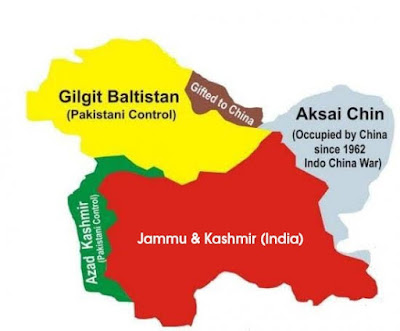
सबसे महत्वपूर्ण, भारत को अफगानिस्तान और मध्य एशिया के लिए एक सीधा भूमि मार्ग और कनेक्टिविटी मिलती है। हमें ईरान या किसी अन्य देश पर निर्भर होने की आवश्यकता नहीं है।
अफगानिस्तान के माध्यम से यूरोप और मध्य एशिया के लिए भूमि और रेल मार्ग भारत से निर्यात और निर्यातकों के लिए एक बड़ा बढ़ावा होगा।
पूरे जम्मू-कश्मीर का भारत में आगमन हुआ। तो, यह हमारा क्षेत्र है। आपका घर आपका है जब यह न केवल कागज पर है, बल्कि आपके नियंत्रण में भी है।
आतंकवाद खत्म हो जाएगा क्योंकि पीओके की बहुत सारी घाटियों का इस्तेमाल कश्मीर को पार करने के लिए किया जाता है। ज्यादातर आतंकी कैंप पीओके में भी हैं।

लोगों के लिए यह समझना महत्वपूर्ण है कि अपने घर का एक हिस्सा देना और उसे पुनः प्राप्त करने की कोशिश नहीं करना, शांति नहीं है।
तथाकथित बुद्धिजीवियों और उदारवादियों ने एक मानसिकता बना ली है कि भले ही हम आतंकवादियों को मिटाने की कोशिश करें या हमारी जमीन को दोबारा हासिल करें, लेकिन वे इसे वार्मिंगिंग करार देते हैं।
सिल्वर लाइन है, भारत के पास पूरी घाटी और जम्मू-कश्मीर के सबसे अधिक उत्पादक क्षेत्रों का नियंत्रण है।
भारत के लिए दूसरा मुख्य लाभ यह होगा कि एक बार जब भारत पीओके को वापस ले लेता है, तो पाकिस्तान भारत से पीओके हासिल करने के लिए लड़ रहा होगा और भारत के साथ मौजूदा कश्मीर पाकिस्तानी रणनीतिकारों के मन में अपना महत्व खो देगा।
पीओके को अपने साथ रखने के लिए हमें पाकिस्तान के साथ 50 साल के छद्म युद्ध का सामना करना पड़ सकता है। लेकिन निश्चित रूप से, हम पीओके में स्थिति के लिए एक लाभप्रद स्थिति में होंगे।
हमारा भूमि क्षेत्र बढ़ेगा। हम अधिक संसाधनों का उपयोग कर सकते हैं।
भारत के लिए दूसरा मुख्य लाभ यह होगा कि एक बार जब भारत पीओके को वापस ले लेता है, तो पाकिस्तान भारत से पीओके हासिल करने के लिए लड़ रहा होगा और भारत के साथ मौजूदा कश्मीर पाकिस्तानी रणनीतिकारों के मन में अपना महत्व खो देगा।
पीओके को अपने साथ रखने के लिए हमें पाकिस्तान के साथ 50 साल के छद्म युद्ध का सामना करना पड़ सकता है। लेकिन निश्चित रूप से, हम पीओके में स्थिति के लिए एक लाभप्रद स्थिति में होंगे।
मैंने कहीं और पढ़ा है कि पीओके पाकिस्तान की पनबिजली का एक प्रमुख स्रोत है, जिससे पाकिस्तान सरकार को आतंकवाद को प्रायोजित करने के अलावा अन्य पर ध्यान केंद्रित करने के लिए मजबूर होना पड़ता है।
पाकिस्तान प्रायोजित आतंकवाद के साथ लड़ाई भारतीय मुख्य भूमि से भारत-पाकिस्तान सीमा तक स्थानांतरित हो जाएगी।
भारतीय सेना और नागरिकों के लिए एक प्रमुख बढ़ावा, राष्ट्रवाद की एकता और भावना को बढ़ाना।
जम्मू और कश्मीर में कम अलगाववादी गतिविधि, स्थिरता और समृद्धि बढ़ रही है।
हमारा भूमि क्षेत्र बढ़ेगा। हम अधिक संसाधनों का उपयोग कर सकते हैं।
शायद अच्छी तरह से तैयार किए गए पर्यटन स्थल अतिरिक्त आय प्रदान करेंगे। माहौल शांतिपूर्ण रहेगा।


नौकरी के अवसर बढ़ेंगे। आतंकवादी गतिविधि घटेगी। दोनों तरफ के लोग अच्छी नौकरियां खोजने की कोशिश करते हैं। खेती बढ़ेगी।
